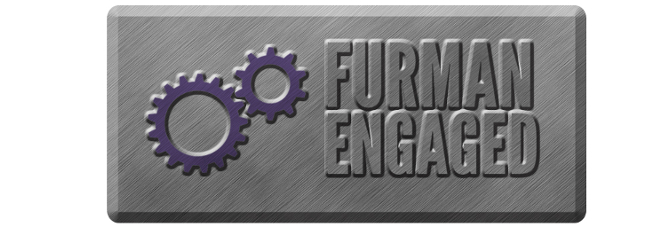Title
Alginate and Polypyrrole Janus-Like Beads
Department, Center, or Institute
Chemistry
Presentation Format
Poster
Presentation Type
On-campus research
Description
Alginate is a carbohydrate produced from brown algae. It is a very popular and useful biomaterial that contains a soft gelling behavior. This study uses alginate to produce Janus-like particles using polypyrrole (PPy) and thiols. Calcium cross-linking is used to activate the gelling behavior of the alginate, which is then manipulated to form small beads of alginate. PPy is used to allow for attachment of thiols to the surface of these beads. 1-dodecanethiol is attached to one half of a bead in one attempt at creating a Janus particle. 5(6)-carboxyfluorescein succinimide ester, and 1-pyrenebutyric acid N-hydroxysuccinimide ester are attached to opposite sides of the beads using a cleaved cyst amine in another attempt. The fluorescent properties of these fluorophores allow for easily visible proof of Janus characteristics on these biocompatible beads.
Session Number
4
Start Date and Time
4-9-2019 3:00 PM
Location
PAC Gym
Recommended Citation
Feinberg, Hannah; Hanks, Timothy; and Wright, Cassandra, "Alginate and Polypyrrole Janus-Like Beads" (2019). Furman Engaged!. 399.
https://scholarexchange.furman.edu/furmanengaged/2019/all/399
Alginate and Polypyrrole Janus-Like Beads
PAC Gym
Alginate is a carbohydrate produced from brown algae. It is a very popular and useful biomaterial that contains a soft gelling behavior. This study uses alginate to produce Janus-like particles using polypyrrole (PPy) and thiols. Calcium cross-linking is used to activate the gelling behavior of the alginate, which is then manipulated to form small beads of alginate. PPy is used to allow for attachment of thiols to the surface of these beads. 1-dodecanethiol is attached to one half of a bead in one attempt at creating a Janus particle. 5(6)-carboxyfluorescein succinimide ester, and 1-pyrenebutyric acid N-hydroxysuccinimide ester are attached to opposite sides of the beads using a cleaved cyst amine in another attempt. The fluorescent properties of these fluorophores allow for easily visible proof of Janus characteristics on these biocompatible beads.

